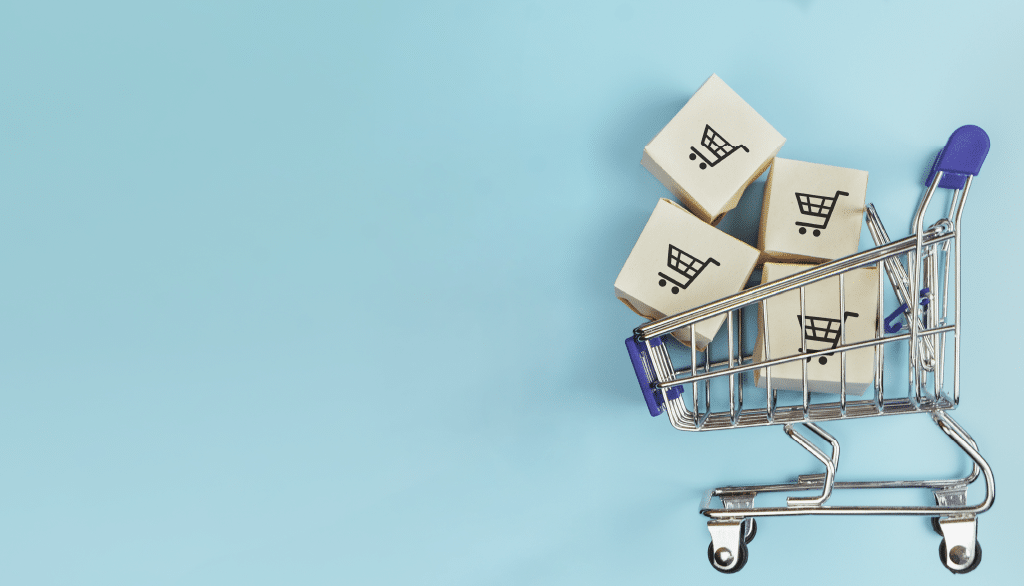
In recent years, subscriptions have become more and more popular. Chances are you have some too — maybe you have a subscription to your favorite video or music streaming service, or you have a cell phone subscription, or you get regular grocery deliveries. A global report published last year by The Harris Poll (on behalf of Zuora) found that 71% of adults have subscriptions. Not only that, but 26% of adults even have 3 or more. Most interestingly, 70% agreed that “subscribing to products and services frees people from the burden of ownership.” What does that mean? When should you go for a subscription instead of a purchase? And, why aren’t subscription models more common with research equipment?
It’s now one step closer! NanoTemper recently made the Tycho instrument available for subscription. Here’s the benefits of subscribing to an instrument like Tycho over buying.
3 advantages of subscriptions over ownership
There are certain annoyances that can come with purchasing and owning something, especially when we’re talking about expensive or high-tech products or even extremely large purchases like houses.
1. It’s usually cheaper upfront and there’s more transparent pricing
First and foremost, purchasing often means one large down payment upfront. It can be hard to get all the necessary money together at one time, so you may need to get a loan or apply for a grant. Both can be long and exhausting processes. Even when your organization has enough money available, you usually need buy-in from various stakeholders and get through many layers of approval. In addition, the exact price is often a matter of negotiations, which further complicates the process. For subscriptions, all of this can often be circumvented: instead of one lump sum, you usually pay in monthly or yearly installments that are much lower. Usually, subscription fees are transparently available beforehand and don’t need to be negotiated. Sometimes they can even be paid out of totally different pockets than the money for purchases. All of this adds up to faster decision-making and therefore faster access to the product you’re trying to get your hands on.
2. There can be less risk if something goes wrong
Secondly, with subscriptions, there may be fewer unexpected costs. When you own something, you have to also take care of it: you have to fix it when it breaks, and pay for maintenance and service. When you subscribe, this often isn’t the case, which makes your overall costs much more predictable and takes a lot of the risk out of budgeting. In some cases, subscription plans even cover all running costs including things like consumables and training!
3. There’s more flexibility if your research changes
A third advantage is the low commitment and flexibility inherent in subscriptions. Subscriptions, after all, can be canceled! If your financial situation changes, or your lab’s projects, you can easily switch to something else, instead of remaining tied to a thing you bought years ago.
Choosing whether to buy or to subscribe depends on your situation
Of course, whether purchasing or subscribing is the best solution depends on your situation. Purchasing can sometimes still be the better option, for example, if your organization is not yet set up for subscriptions, and the approval or purchasing processes simply don’t allow for such a thing. If a large sum of money is readily available, from a grant or from year-end money, then purchasing may be easy and suitable. And of course, depending on the exact numbers, purchasing ultimately may be the cheaper option if we’re talking very long-term.
To determine the best option, change the questions you ask yourself
To sum up, neither purchasing nor subscribing will fit all situations. The best thing to do is to change your question. Instead of asking “Do I want (to own) this piece of equipment?” maybe it’s better to start asking “Do I want what it can do for me?” Shift your thinking from about the thing itself to the outcome it can bring you, and then look at your situation. What’s the budget? Who needs to be involved? Am I willing to commit to a purchase? Questions like these will help you figure out the best way to get what you need.
Curious to see what subscriptions looks like in a lab context?
If so, learn how you can subscribe to Tycho to identify the quality of your protein.
























